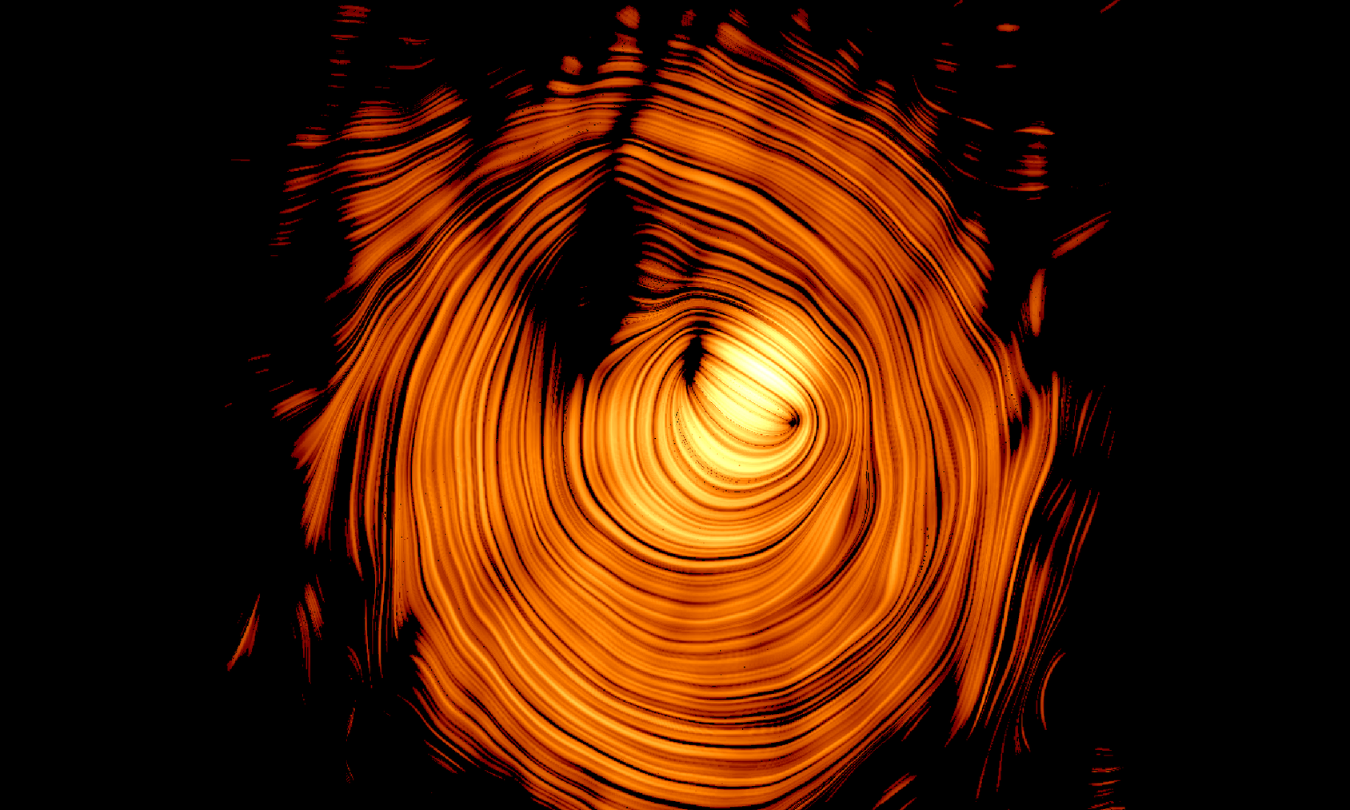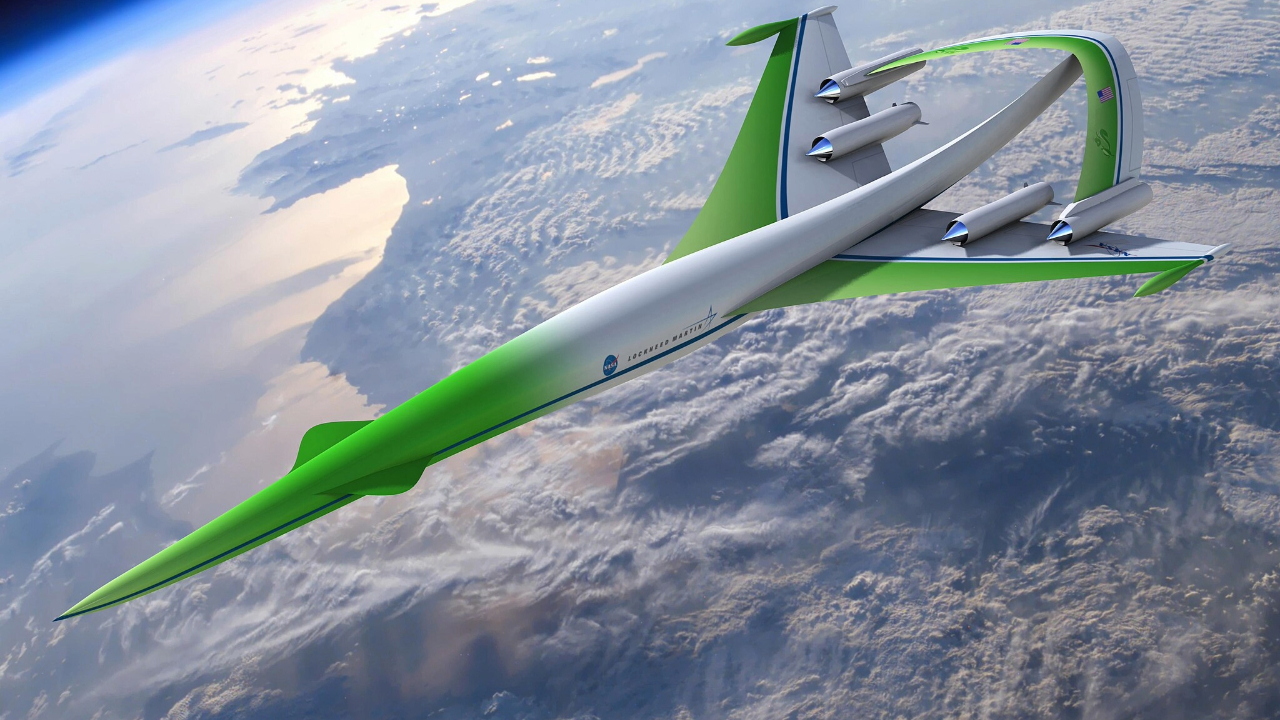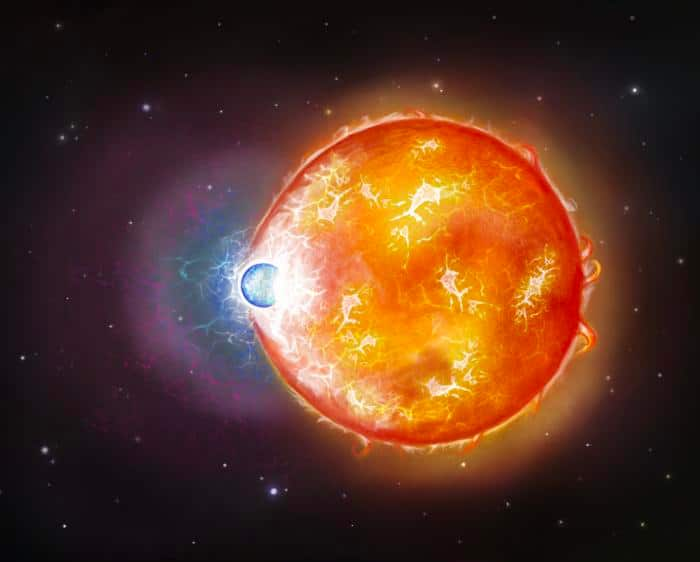Japan's Revolutionary Nuclear Battery Set to Transform Space Exploration

As humanity embarks on an ambitious journey into the cosmos, a perennial challenge has been how to power spacecraft in the distant, sunless regions of our solar system. However, a groundbreaking development from Japan may hold the key to reshaping the future of space exploration. The Japan Atomic Energy Agency (JAEA) is making strides in creating a cutting-edge nuclear battery that promises to keep space probes operational for over a century without the need for solar panels or traditional fuel cells, as reported by Japan Times.
Harnessing Americium for Deep Space Missions
The focus of the JAEA’s innovative project is the utilization of americium, a radioactive isotope that is a byproduct of nuclear reactors, to generate electricity for space probes. Unlike solar power, which can be inconsistent and unreliable in the barren vacuum of deep space or in areas where sunlight is obstructed, this novel technology offers a stable and enduring energy source.
The proposed nuclear battery will operate by harnessing decay heat generated from americium. As this radioactive material decays, it produces heat, which can be converted into electricity. This means that space probes could sustain their missions for decades, or even centuries, unlocking new possibilities for exploration in regions where solar panels would be ineffective.
The ambitious project is a collaborative effort between the JAEA, the Japan Aerospace Exploration Agency (JAXA), and the National Institute of Advanced Industrial Science and Technology (AIST). Together, they aim to develop a prototype of this revolutionary battery by early 2029.
This collaboration signifies a pivotal advance in the quest for alternative power sources for long-duration space missions, particularly in areas far removed from the Sun, including asteroids, distant planets, or the dark side of the moon.
Why Choose Americium?
Americium presents several advantages over other radioactive materials, such as plutonium, which has been commonly used in past space missions. While plutonium has proven to be a reliable power source for deep-space probes, it is also highly regulated, making its handling and transport fraught with legal complications. In contrast, americium offers a more practical solution, presenting fewer regulatory hurdles and safety concerns, positioning it as a viable option for Japan’s ambitious space initiative.
Although americium produces less heat than plutonium, its decay heat is still adequate to power essential communication devices and scientific instruments over long-term missions. “Americium batteries, if they reach practical use, could provide almost permanent power for space probes,” remarked Masahide Takano, a senior researcher at the JAEA’s NXR Development Center.
This extended power capability could keep probes functioning long after solar-powered alternatives would cease to operate, making it particularly advantageous for missions targeting the most remote and inhospitable regions of space.
Testing Americium’s Potential
The JAEA has already begun testing the potential of americium by employing it to power light-emitting diode (LED) lights. These preliminary tests have successfully demonstrated the feasibility of harnessing americium’s decay heat for reliable energy generation.
Additionally, the agency has developed a method to safely encapsulate americium in pellets combined with specialized additives and sealed within metal pins. This safety protocol is designed to contain the americium securely, even in the unlikely event of an explosion during a rocket launch.
The ultimate goal is to create a battery that is compact, lightweight, and robust enough to endure the harsh conditions of space, which include extreme temperature fluctuations and the vacuum of outer space. With this groundbreaking battery technology, Japan aspires to offer a new and innovative power solution for missions venturing into territories that solar panels cannot access.




























